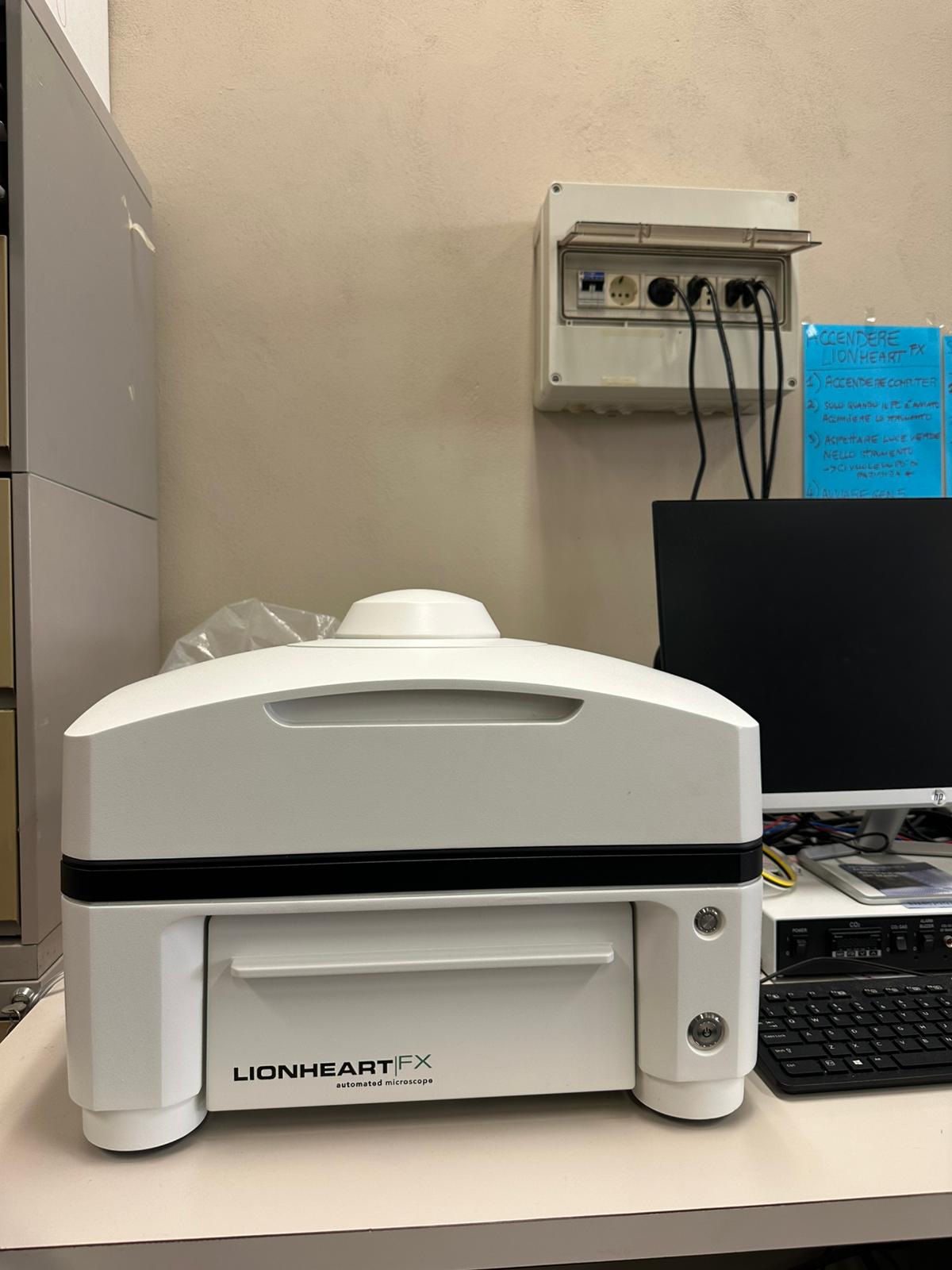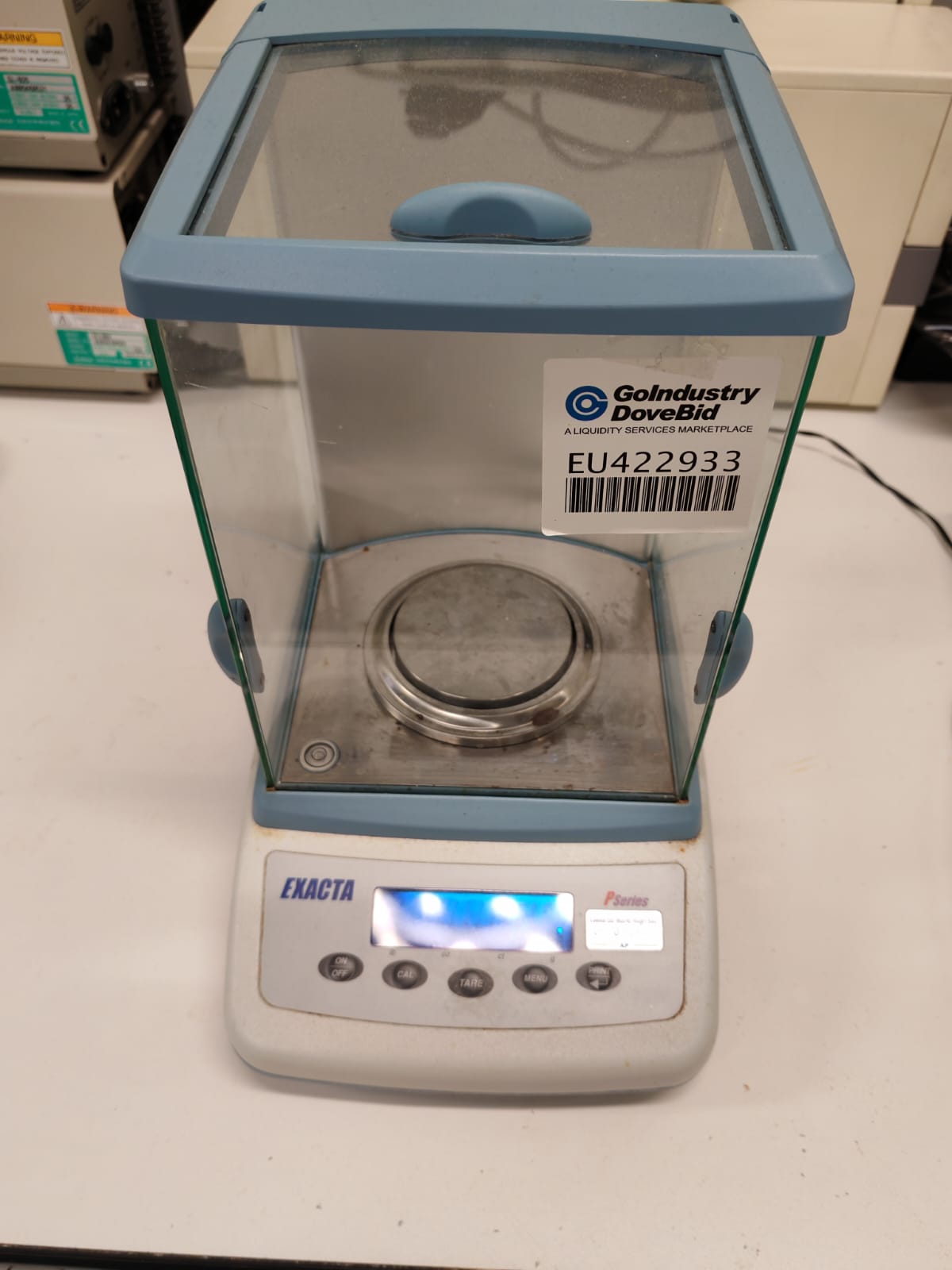Biochemistry of Oxidative Stress and Aging
ResponsibleProf. Patrick Orlando
Q150, former Institute of Biochemistry
Research Activity
- Biochemistry of Nutritional and Endogenous Cofactors in Human Health
-
The laboratory is dedicated to the analytical study of bioactive compounds such as Coenzyme Q10, vitamin K vitamers (phylloquinone and menaquinones), methyltetrahydrofolate (MTHF), and carotenoids, present in various matrices, both of dietary origin and in biological fluids. The methodologies employed are primarily based on HPLC chromatographic techniques, coupled with a range of detectors (UV-VIS, fluorescence, electrochemical, and chemiluminescence). The biological samples analyzed come from healthy subjects undergoing nutritional interventions or from individuals affected by various pathological conditions, within the framework of collaborations with specialized clinics (cardiology, endocrinology, pediatrics, orthopedics, gynecology). In these contexts, the levels of the analyzed cofactors and markers of oxidative stress or oxidative damage are correlated with the patients' clinical variables.
- Biochemistry of Oxidative Stress and Aging
-
The Oxidative Stress and Aging Laboratory primarily aims to investigate the role and underlying mechanisms of redox processes, with a particular focus on the interaction between bioactive molecules and specific physiopathological conditions. The laboratory’s research activities are thus centered on studying the function of these compounds—especially Coenzyme Q10, the most representative marker of our group (hence the name Q-Lab)—in experimental models in vitro, ex vivo, and in vivo, in relation to oxidative imbalance conditions triggered by pathological states (such as metabolic syndrome, diabetes, cardiovascular diseases, Down syndrome, infertility), or resulting from pharmacological treatments (e.g., statin therapy) or exhaustive physical exercise. Ongoing studies are routinely conducted to evaluate oxidative stress levels, mitochondrial function, and gene and protein modulation, through the application of major techniques in cellular and molecular biology.
- Equipment
-
-
.jpg)
Sonicator

HPLC with ECD

HPLC with UV-VIS and Fluorescence Detection

Microplate Reader
.jpg)
Plate Washer

Fluorescence Microscope Lionheart

Precision Balance
.jpg)
Guava EasyCyte Cytometer
-
Staff
|
Prof. Patrick Orlando |
.jpg) |
Dott. Mengarelli Francesco PhD Student |
 |
Dott. Morosetti Marco
PhD Student
|
 |

